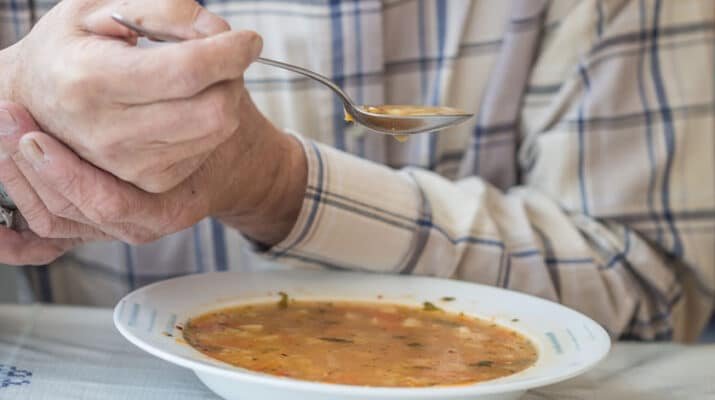Nearly 200,000 people in a 10-county Western New York area can experience food insecurity. Seniors are particularly affected
By Deborah Jeanne Sergeant
While many people have figured out ways to get what they need and do what they need to do during the pandemic, some older adults still feel the effects of food access challenges because of COVID-19.
Within the 10 counties comprising the Western New York, Feeding America’s annual “Map the Meal Gap” shows a 10.9% food-insecurity rate, which affects more than 136,000 people. The organization estimates that figure will rise to 15.7%, affecting almost 200,000 individuals. The counties include Erie and Niagara all the way to Monroe (Rochester area).
While many businesses and organizations have opened since last year’s quarantine period and the supply chains have become re-established, many older adults are still understandably hesitant to go near crowds, even if that means avoiding the grocery store.
The frailty of older age, along with the age-related conditions many older adults experience, makes them more vulnerable to illnesses such as COVID-19. Staying away from crowds represents one strategy to limit exposure; however, it also makes obtaining food difficult.
“Many seniors I counsel are definitely concerned about going to a store, especially since the uptick in COVID infection numbers locally,” said Mary Jo Parker, registered dietitian and certified dietitian nutritionist, nutrition therapist and consultant in Western New York. “Some go less frequently and some continue to order for delivery or have turned to deliveries from supermarkets.”
The pandemic has also exacerbated food insecurity for older adults who had previously relied upon senior centers for meals, since most of those remain closed; however, some have begun offering grab-and-go meals and are delivering meals to clients’ homes.
“A lot of those places have gone above and beyond,” said Justine Hays, registered dietitian and owner of Justine Hays Nutrition in Amherst. “Even in places where they haven’t done home delivery, they may do personal home delivery.”
COVID-19 has also affected food affordability for some older adults. Although older adults on fixed incomes saw no change to their income because of the pandemic, some who are still working to supplement their income may have lost work hours or experienced a furlough or permanent layoff. Or they may live with relatives who are out of work or struggling to get by with fewer hours. That means less money for the household to spend on food.
FoodLink offers a mobile food pantry as well as supplying conventional food pantries for anyone in need of help. Since March, the organization has served 120,000 drive-through meals; 700,000 meals from the community kitchen and has maintained 36 curbside markets to help vulnerable people access affordable food. Its reach includes Allegany, Genesee, Livingston, Monroe, Ontario, Orleans, Seneca, Wayne, Wyoming and Yates counties.
FeedMore WNY (formerly The Food Bank and Meals On Wheels, https://www.feedmorewny.org) stocks food pantries in Erie, Niagara, Cattaraugus and Chautauqua counties. The organization conveyed more than 16 million meals to clients’ homes and through the nearly 300 pantries and other hunger relief organizations in the area.
Other organizations such as churches and senior centers have organized grab-and-go meals, too. This helps connect seniors who are concerned about COVID-19 with the food they need until congregant meals open. Most of these programs have still not fully opened.
Anyone struggling to obtain food because of COVID-19 concerns or finances should call 211 to ask about the options available to help.

